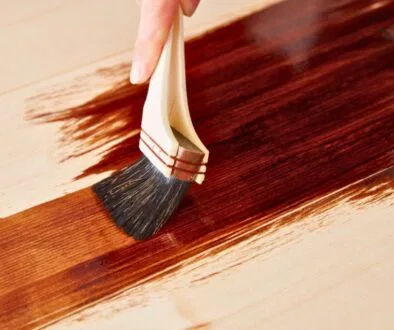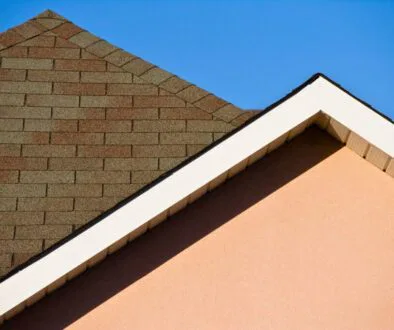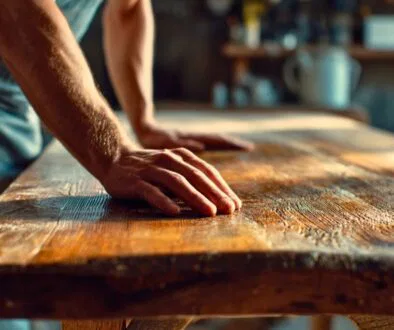How To Remove Heat Stains From Wood: The Ultimate Guide
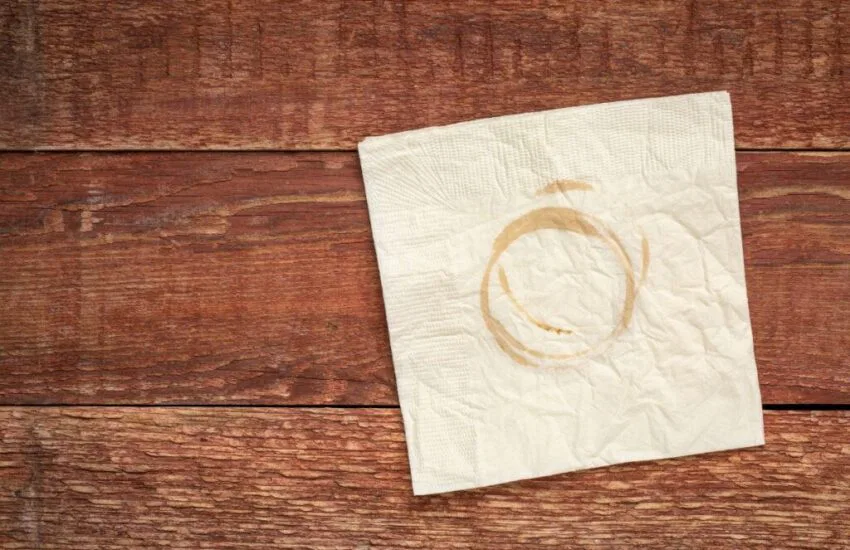
Published September 26, 2023
Wood is among the most preferred materials for furniture. This is due to its beautiful and classy aesthetic. It somehow has this inherent ability to make a room more elegant instantly. But, the main tradeoff for all these fantastic qualities is that it is more prone to staining and damage than other materials.
Wood tables often get distinct, white heat stains from repeated use over time. Whether from a hot coffee mug, a freshly delivered box of pizza, or anything hot in general. These stains can take away from the wonder of wood furniture. But don’t worry because many solutions have popped up left and right.
Here’s how to remove heat stains from wood to keep your furniture looking spick and span.
How does heat cause stains in wood furniture?
Heat can cause stains through a combination of heat and moisture. When wood comes in contact with something hot, its pores expand, through which water enters. When the wood cools down, the water is trapped in the wood, which can cause damage. Moisture in wood can alter its appearance, most notably by leaving white heat marks.
How To Remove Heat Stains From Wood
Here are a few known methods to remove heat stains from your wood furniture.
1. Using heat
It seems almost counterintuitive to remove heat stains by applying more heat. But, this method has proven effective in removing these white stains. People use two well-known tools to apply heat: an iron and a hairdryer.
Hair Dryer Method
Step 1: Plug your hairdryer and set it on the lowest heat setting
Step 2: Point it directly at the stain
Step 3: Slowly pan the hairdryer evenly over the stain until it disappears.
Iron method
Step 1: You must grab a clean piece of cloth, a small towel or a T-shirt
Step 2: With this, you’ll want to cover the heat stain completely.
Step 3: Drain all the liquid from your iron, then turn it on to a low heat setting.
Step 4: Run your iron over the cloth for a few minutes, regularly checking to see if the stains have disappeared.
Step 5: Repeat this process if you can still see the stains.
2. Toothpaste
Toothpaste has been known to be a fantastic way of attacking stains because it is alkaline, which stains react to uniquely. Make sure to use regular toothpaste and not the gel kind.
Step 1: You can use a damp piece of cloth, but make sure to wipe it dry afterward.
Step 2: Mix some toothpaste with baking soda to create a paste you’ll use.
Step 3: Apply this paste directly over the stain and wait a few minutes for it to interact with the wood.
Step 4: After about 10 minutes, remove the paste with a clean cloth.
3. Oil-based products
Some oil-based products may also prove helpful against heat stains. While unconventional, petroleum jelly and mayonnaise could be the solution you’re looking for.
Step 1: To use this method, get enough of your oil-based product to cover the stain.
Step 2: Apply the product to the stain and leave it overnight.
Step 3: The next day, wipe it up with a clean cloth.
4. Lemon oil
Some people also recommend using lemon oil to remove heat stains. Lemon oil is known for its effectiveness in eliminating wood stains. It acts as a natural cleaning agent. It helps to restore the appearance of wood by removing dust, dirt, grease, and old stains.
Here are the steps to effectively remove wood stains using lemon oil:
Step 1: Clean the wood surface by wiping away any loose dirt or debris using a soft cloth.
Step 2: Mix a small amount of lemon oil with water in a spray bottle. The ratio can vary depending on the manufacturer’s instructions, but typically, a few drops of lemon oil per cup of water is enough.
Step 3: Spray the lemon oil mixture onto a clean, soft cloth or a wooden surface. Gently rub the fabric over the stained area, applying slight pressure to lift the stain. Work in sections.
Step 4: After applying the lemon oil mixture, allow it to sit on the wood surface for a few minutes.
Step 5: Remove any excess lemon oil from the wood surface using a clean, dry cloth.
5. Wood Restoration
The solutions we mentioned above are quick DIY methods. But some stains are much tougher than others, requiring extensive treatment. An overall wood restoration will do you good if the stains are too deep to be treated with these methods.
Step 1: To apply this method, you have to sand the surface of your furniture to remove the finish.
Step 2: Sand it down just deep enough that you get the stain.
Step 3: You’ll want to replace the finish with an oil or lacquer to protect and preserve your furniture.
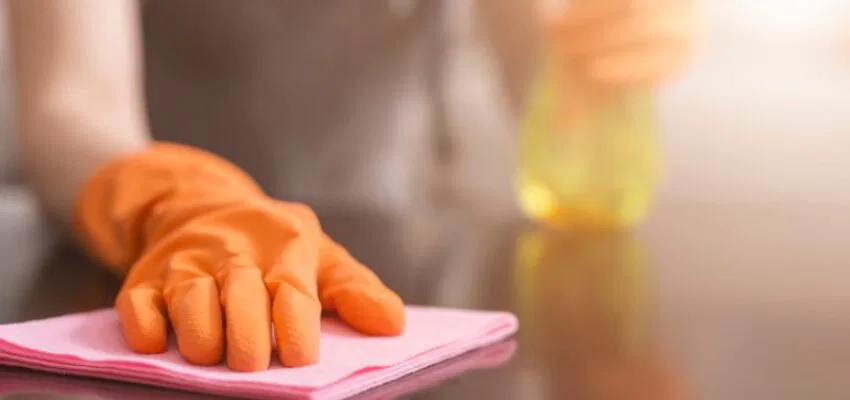
Prevention
Prevention is always better than a cure. The best way to remove stains is to make sure you don’t have to deal with them in the first place. Practice using coasters, heat mats, placemats, and the like to ensure heat stains do not make their way into your wood table.
Consult an expert
If you want to be 100% sure to protect your beloved wood furniture, the best thing to do is consult an expert. I’m sure they’ve encountered more than their fair share of heat stains throughout their professional life. Their expert advice or services would serve you well in preserving your furniture.
Wrapping it up
Heat stains on wood surfaces can be frustrating, but they can be effectively removed with the proper techniques. Whatever method you choose, you must approach the stain-removal process carefully and patiently.
Remember to start by testing any cleaning solution on a small area to prevent damage, and then proceed with gentle rubbing in the direction of the wood grain. With these methods, you can restore the natural beauty of your wood furniture and surfaces, ensuring they look their best for years.
Hire The Timber Experts For Your Next Project
Vintage & Specialty Wood should be your source of the highest quality timbers from around the world. When it comes to fabricating and installing reclaimed wood or specialty wood products in your home, we don’t cut corners. We offer many reclaimed wood and specialty wood products such as Douglas Fir, white oak, and much more. We also offer timber framing and wood flooring services as well. Contact our team today to speak to a timber expert about what Vintage & Specialty Wood can do for you.

This Blog Is Fact Checked
This content has undergone meticulous fact-checking by our team of internal experts. Gain a deeper understanding of the high editorial standards we uphold on our website here.

About The Author
Experience, exploration, and knowledge are the hallmarks of writer Rei Bayucca. Her dedication to crafting articles that both inspire and educate will leave you thinking long after you’ve finished reading.

